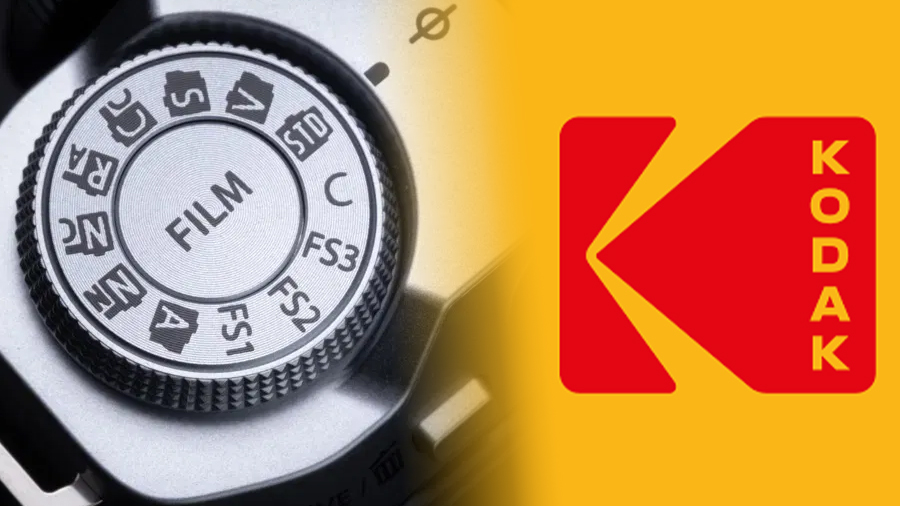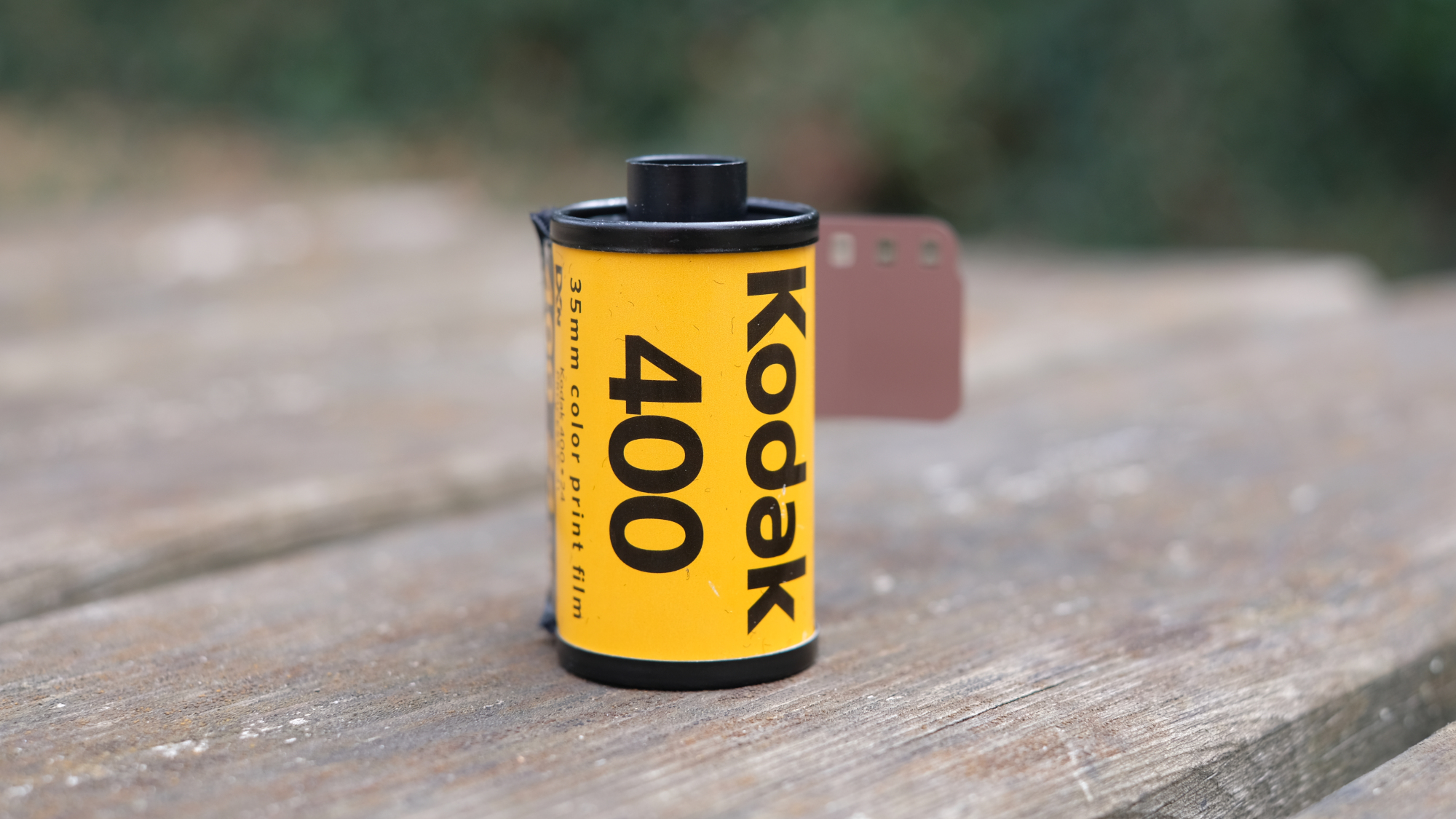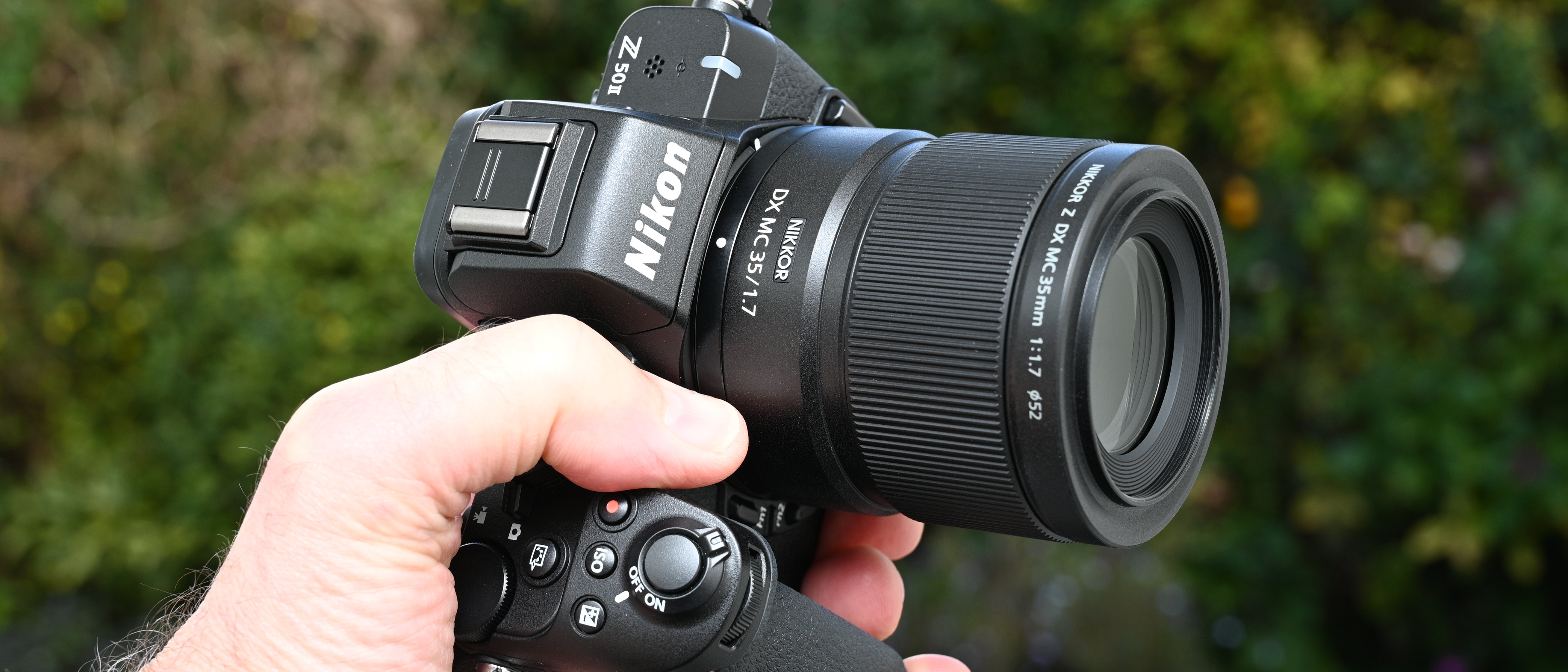Why hasn’t any camera brand licensed Kodak film stocks for digital simulations?
Fujifilm dominates the film simulation space, but Ricoh, Sony, and Nikon show potential. Why not bring Kodak’s legacy to modern digital cameras?

In recent years, film simulations have become more than a gimmick. For many, they’ve become an important part of the modern photography experience.
What was once a niche feature for enthusiasts is now integral to how modern photographers approach composition, color and storytelling. At the forefront of this movement are Fujifilm cameras, whose digital simulations of classic film stocks – from Velvia to Acros – offer photographers a way to shoot with both speed and aesthetic depth.
Fujifilm’s dominance isn’t accidental. The company has decades of experience creating physical film stocks, and that knowledge translates directly into its digital simulations. Each simulation carries a sense of authenticity, dynamic range and color character that is rooted in the company’s heritage.
For many photographers, these simulations are a shortcut to a signature look, instantly recognizable whether shared online or printed. Content creators on social media have embraced them as a way to maintain consistency across feeds, producing imagery that looks intentional without hours of post-processing.
Other brands have started to explore creative options. Sony, Nikon, OM System and Ricoh now include 'style' or 'look' modes in some cameras, and they provide a degree of visual flexibility. But in my experience, none of these compares to Fujifilm’s approach.
They tend to feel functional rather than expressive, filters rather than a curated, heritage-driven palette. They may alter colors or contrast, but they don’t carry the same weight. In other words, they offer choice, but not identity or character.
Which brings me to the question that has been on my mind: why hasn’t any camera brand partnered with Kodak to license its iconic film stocks?
The best camera deals, reviews, product advice, and unmissable photography news, direct to your inbox!
Kodak’s portfolio is arguably the most recognizable and beloved in the world. From Portra 400 and Ektar to Tri-X, these stocks carry a history and a visual language that is instantly evocative.
Imagine a Ricoh GR IV, one of the most popular compact cameras today, offering selectable Kodak simulations. Suddenly you’d have the convenience of a pocketable camera, paired with the visual richness of decades of film heritage. Street photography, travel work and even casual shooting would be transformed, enabling photographers to shoot with intention and style straight out of the camera.
The potential isn’t just about nostalgia, either. Film simulations shape the way we approach photography. When a camera offers a specific aesthetic, it informs how you compose, what light you notice and the moments you choose to capture.
Shooting in a simulation like Acros or Velvia doesn’t just change the color; it encourages a mindset when shooting. You start to think about texture, contrast and tone in a more intentional way. Fujifilm has demonstrated the power of this approach, but licensing Kodak films could expand it to an entirely new audience – especially with cameras that are portable, affordable, and fun to carry.
Again, take the GR series as an example. Already a favourite among street photographers and compact camera enthusiasts, it offers impressive image quality and usability. Add Kodak simulations and it could rival Fujifilm in creative versatility, while maintaining its hallmark pocketability.
ABOVE: We tested a bespoke Fujifilm recipe against Kodak Gold 35mm film
For photographers who shoot spontaneously, walking the streets, documenting everyday life, being able to switch between Kodak Portra, Tri-X and Ektar in-camera would be a game-changer. The camera becomes more than a tool; it becomes a creative partner.
Of course, there are technical challenges. Licensing agreements, color science calibration and sensor profiling would all be necessary. But as Fujifilm has demonstrated, these are solvable problems.
The potential payoff, in both user experience and market differentiation, seems obvious. Why hasn’t it happened yet? Perhaps it’s a question of inertia, or perhaps camera brands underestimate how much photographers value heritage and storytelling over sheer megapixels.
In the meantime, Fujifilm remains the gold standard. Its Film Simulations continue to draw photographers for both technical and creative reasons. But the conversation around film simulations is just beginning. If Kodak ever licenses its iconic film stocks for digital cameras, we could see a paradigm shift.
Until that day arrives, I’ll keep shooting with Fujifilm’s simulations, appreciating the history embedded in every profile. But the question lingers: why isn’t Kodak in your camera yet? It’s a question the industry should be asking, and one photographers like me are eager to see answered.
You might also like…
Take a look at the best Fujifilm cameras loaded with Film Simulations, and take a look at the best film for 35mm cameras if you want to get the look the old-fashioned way!

Kalum is a photographer, filmmaker, creative director, and writer with over 10 years of experience in visual storytelling. With a strong focus on photography books, curation, and photo editing, he blends a deep understanding of both contemporary and historical works.
Alongside his creative projects, Kalum writes about photography and filmmaking, interviewing industry professionals, showcasing emerging talent, and offering in-depth analyses of the art form. His work highlights the power of visual storytelling, fostering an appreciation for the impact of photography.
You must confirm your public display name before commenting
Please logout and then login again, you will then be prompted to enter your display name.

